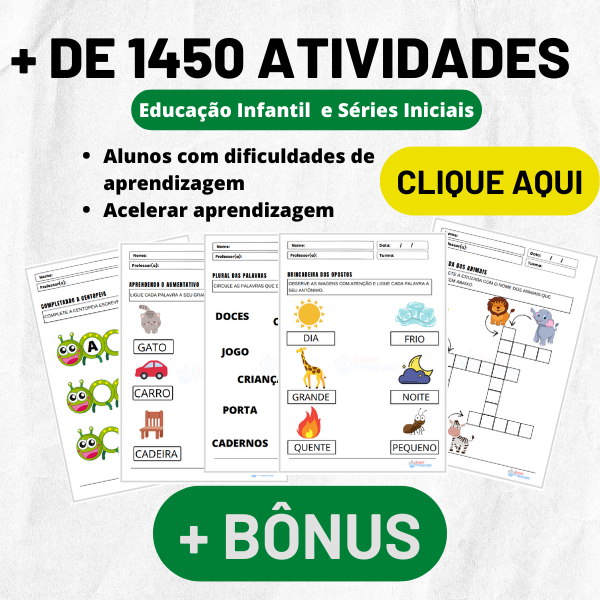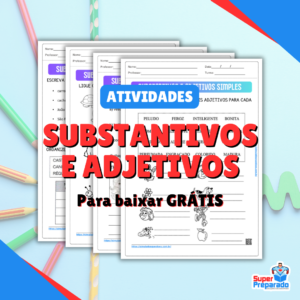Para Baixar em PDF:
Simulado 15 Concurso Professor De Inglês
1.Read text 1 and answer questions 1 to 5:
Text 1
In the following extract, the authors discuss some of the tenets of
the Brazilian National Curricular Parameters:
Changes in Brazilian Education
[…] the publication of the National Curricular Parameters
issued by the Brazilian Ministry of Education and Culture in
1998 (Secretaria de Educação Fundamental, 1998) have
replaced previous educational guidelines that emphasized skills
5 development and focused on standardized content. The
current policies comprise an interventionist agenda, and
propose the development of critical thinking through a
curriculum that:
• Helps students understand that knowledge is socially
10 constructed, reflecting knowledge makers’
experiences, beliefs and values;
• Shows how assumptions about hegemonic identities
are the effect of situated practices, varying according
to socio-cultural specifics of diverse historical contexts;
15 • Questions stereotyping that construct dichotomous
views of identities; and,
• Highlights the diversity and plurality of life that
constitutes social experience.
The Brazilian Curricular Parameters suggest that the
20 learning of foreign languages should provide students with
opportunities for acting in the world through discourses
besides the ones offered by their mother tongue. From this
perspective, TEFL should approach the way people act in
society through language, constructing the social world,
25 themselves, and others around them. The quote below
summarizes the document’s approach to language in society:
“Language use (both verbal and visual) is essentially
determined by its sociointeractional nature because whoever
uses language considers either an audience or an addressee.
30 This approach implies that meaning is dialogic, i.e., it is
constructed by all participants in discourse. Besides that,
interactional encounters do not occur in a social vacuum. They
involve institutional, cultural and historical contexts”.
(Secretaria de Educação Fundamental, 1998, p. 27, our
35 translation)
According to this view texts are purposefully constructed
by identifiable participants (e.g., author and audience) in
response to exigencies of time, place, and subject matter.
Therefore, in the foreign language classroom, students should
40 be encouraged to recognize and reconstruct these contexts
which influence the way texts are organized as well as the
lexical-grammatical components they contain — procedures
involved in the notion of critical thinking. This is to be
underpinned by the discussion of socially relevant topics, such
45 as gender-related issues, cultural pluralism, ethics, and
citizenship. The idea is that students can compare how these
topics are constructed in their mother tongue and in the
foreign language.
The word assumptions in “assumptions about hegemonic
identities” (line 12) is similar to
(A) beliefs.
(B) denials.
(C) problems.
(D) questions.
(E) statements
2.The pronoun in “besides the ones offered” (line 22) is replacing
(A) students.
(B) languages.
(C) discourses.
(D) parameters.
(E) opportunities.
3.In the fragment “because whoever uses language” (lines 28 and
29) refers to
(A) subject-matter.
(B) person.
(C) object.
(D) place.
(E) time.
4.If a teacher asks a class of Brazilian elementary school students
to discuss what sports girls and boys generally play, the teacher
will be dealing with matters that concern
(A) ethics.
(B) ethnicity.
(C) citizenship.
(D) gender issues.
(E) cultural pluralism.
5.The underlined word in “texts are purposefully constructed by
identifiable participants” (lines 36 and 37) means that these
participants can be
(A) idealized.
(B) identical.
(C) affected.
(D) trusted.
(E) known.
6.Read text 2 and answer questions 6 to 10:
Text 2
The paragraph below offers strategies that may meet some of the
requirements of the Brazilian National Curricular Parameters:
Classroom Applications of Constructivism
Hands-on activities are the best for the classroom
applications of constructivism, critical thinking and learning.
Having observations take place with a daily journal helps the
students to better understand how their own experiences
5 contribute to the formation of their theories and observational
notes, and then comparing them to other students’ reiterates
that different backgrounds and cultures create different
outlooks; while neither is wrong, both should be respected.
Read the following strategies:
I. Keeping a personal diary.
II. Copying notes from textbooks.
III. Reading classical authors daily.
IV. Exchanging individual experiences.
According to Text 2, the strategies in line with a constructivist
approach are:
(A) I and II.
(B) I and III.
(C) I and IV.
(D) II and III.
(E) II and IV.
7.When the text qualifies activities as “Hands-on” (line 1), it means
they are
(A) prearranged.
(B) diversified.
(C) disciplined.
(D) collective.
(E) practical.
8.The opposite of the underlined adjective in “the best for the
classroom applications” (lines 1 and 2) is
(A) bad.
(B) good.
(C) better.
(D) worst.
(E) worse.
9.The underlined word in “create different outlooks” (lines 7 and 8)
is a(n)
(A) verb.
(B) noun.
(C) adverb.
(D) adjective.
(E) determiner.
10.Both in “both should be respected” (line 8) refers to
(A) applications.
(B) experiences.
(C) outlooks.
(D) theories.
(E) notes.
gabarito
1-a
2-c
3-b
4-d
5-e
6-c
7-e
8-d
9-b
10-c
MAIS DE 300 ATIVIDADES DE MATEMÁTICA – PARA BAIXAR
MAIS DE 1450 ATIVIDADES PARA BAIXAR
MAIS DE 5 MIL QUESTÕES DE CONHECIMENTOS PEDAGÓGICOS
APRENDA INGLÊS HOJE! INSCRIÇÕES!
Cursos Online Gratuitos (COM CERTIFICADO)
Materiais PARA CONCURSOS E SELEÇÕES






